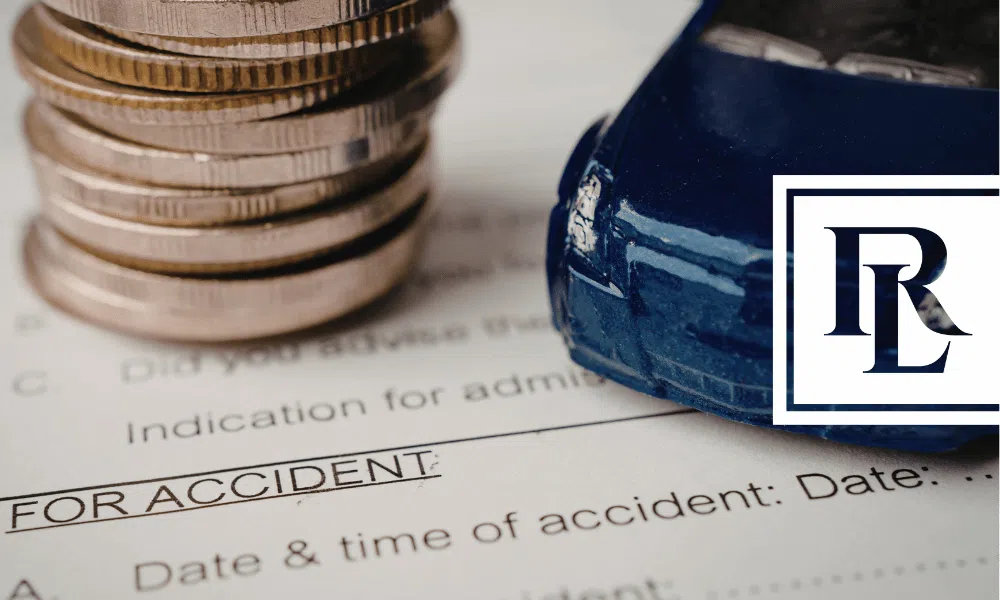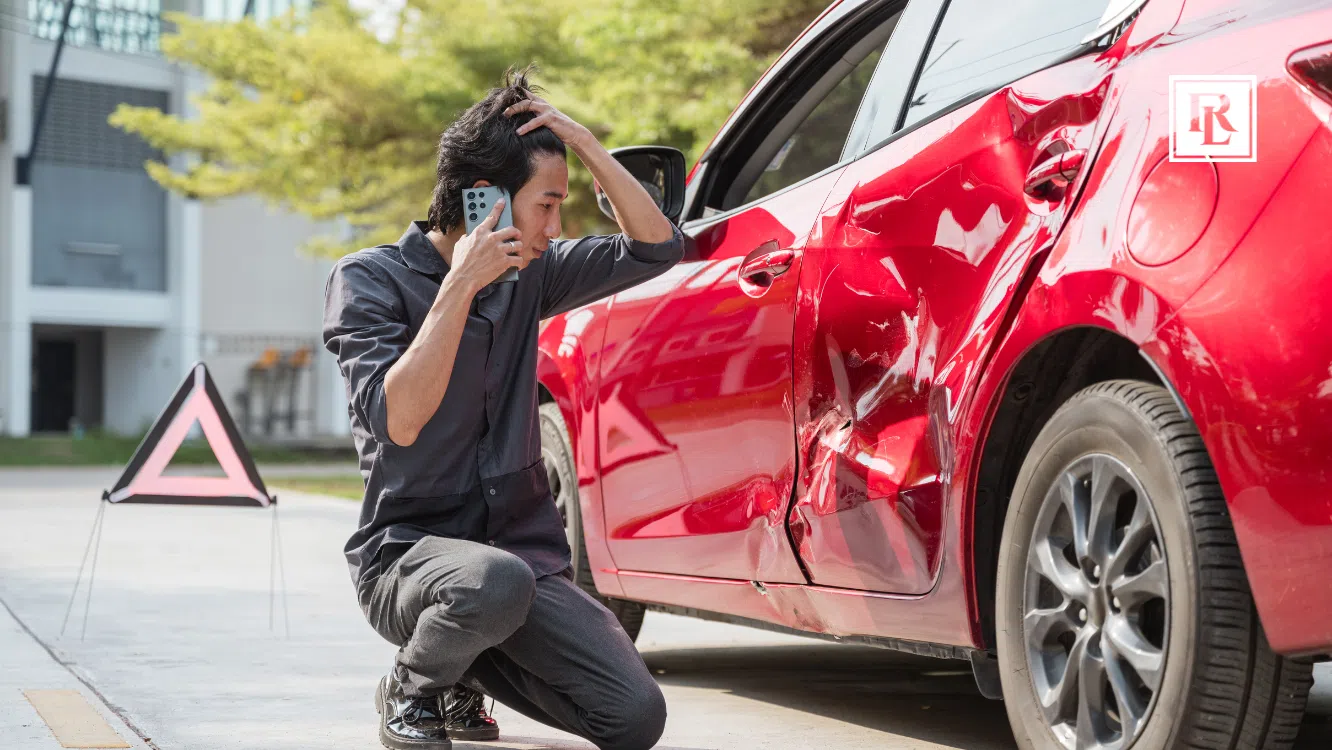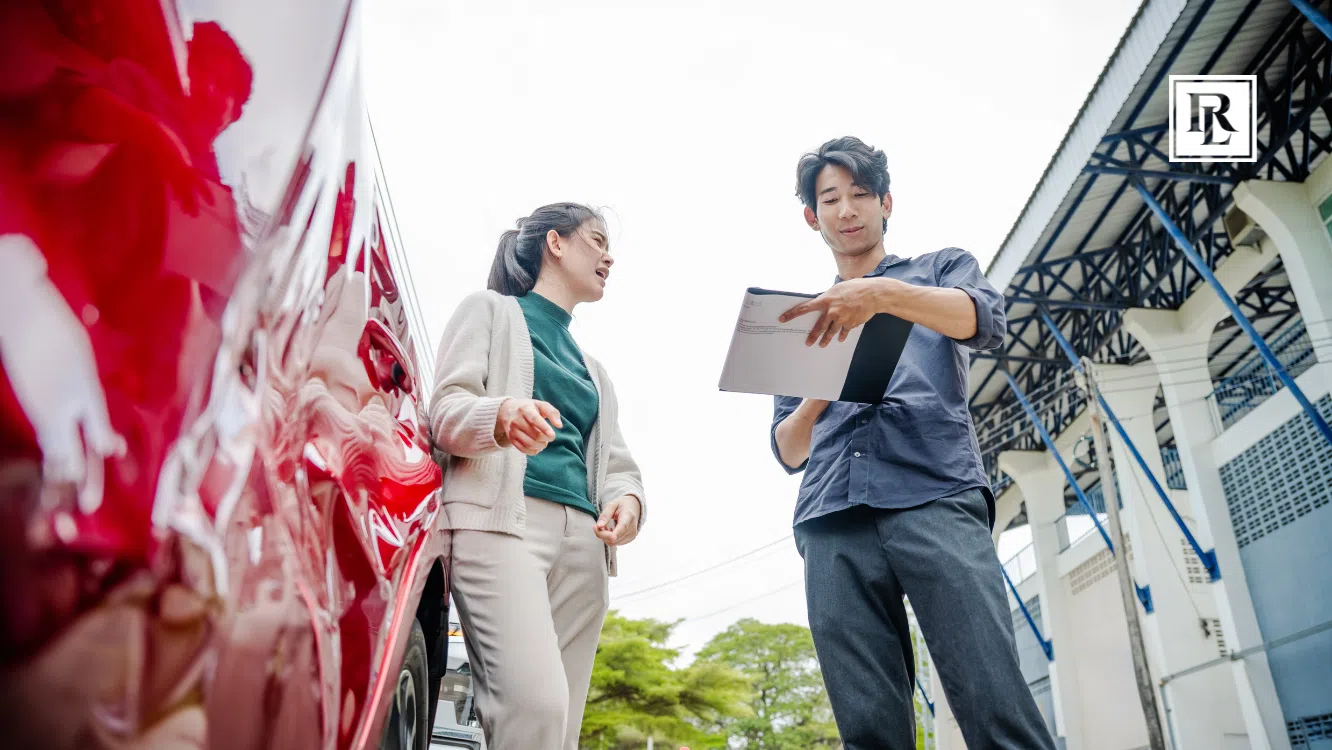Road rage is defined as angry or aggressive driving, characterized by verbal taunts, yelling, insults and in extreme cases, even using a motor vehicle to inflict injury or damage to the other person or vehicle.
The National Highway Traffic Safety Administration makes a distinction between aggressive driving and road rage. Aggressive driving is a traffic offense, while road rage is a criminal offense. Road rage is, simply put, aggressive driving taken to the extreme. It is a situation in which the driver is no longer in control of his or her emotions, with dangerous implications for the driver and other motorists in the vicinity.
It’s hard to tell exactly how many accidents every year are linked to road rage. The kind of driving that is characterized by road rage may overlap with other forms of dangerous driving. For instance, a person who is feeling aggressive or angry or in the throes of road rage, is likely to drive at excessive speeds, tailgate others and indulge in other behaviors that increase the risk of being involved in an accident. Such dangerous driving is also seen in persons who are not feeling aggressive at all.
Triggers of Road Rage
Some of the most road rage-inducing driving behaviors include:
- Excessively slow driving
- Tailgating (60 percent of respondents admitted that this was their top trigger for road rage)
- Texting while driving (approximately 69 percent of the persons in the Expedia survey admitted that texting drivers made them angry)
- Multitasking while driving
- Failure to stick to one’s lane
- Sudden swerving from lanes
- “Hogging” the left lane
- Not allowing drivers to merge
- Speeding
- Excessive honking
- Failure to wave or indicate their gratitude or thanks
- Inching closer to a red light while stopped.
According to the Expedia Road Rage Report 2014, motorists in New York City, Los Angeles, and Atlanta were most prone to bouts of road rage and aggressive driving.
How to Avoid Road Rage
In order to keep your cool and stay calm in a stressful traffic environment:
- Get plenty of rest (a sleepy driver is a much more aggressive driver)
- Plan your route so that it gives you plenty of time to reach your destination in time (drivers who are in a hurry are much more likely to be aggressive)
- Tone down the music that you listen to while driving (fast-paced music may get those adrenaline levels shooting up)
- Evaluate your own driving and eliminate behaviors that increase the risk of triggering road rage in others, like driving at excessive speeds, tailgating or frequent honking
- Treat motorists with courtesy.
How to Respond When You Are Faced with an Aggressive Driver
When you are faced with an aggressive motorist:
- Stay calm
- Display good manners, just like you would if you were in a restaurant or any other public place;
- Don’t make eye contact with the other motorist (this is seen as a demonstration of aggression on your part)
- Take a deep breath;
- Talk about the situation with a friend or anyone else in the car to relieve your frustration
- Slowly extricate your car from the situation.
Aggressive, angry and emotional motorists are at a much higher risk of causing accidents that can injure others. If you have suffered injuries in an accident caused by an aggressive driver, you are likely eligible for damages, including medical expenses and pain and suffering. Speak with an attorney at Rob Levine about your rights to compensation: 800-742-3920.





